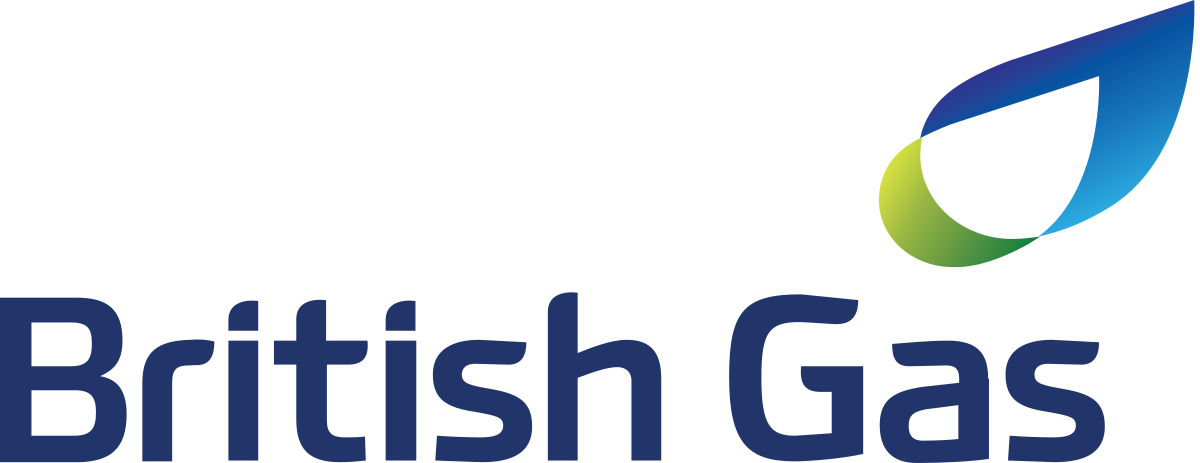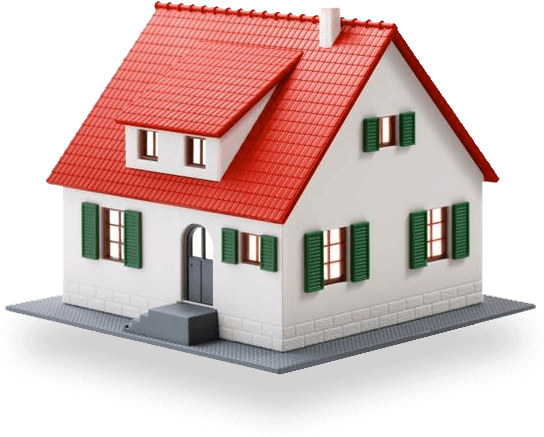hello world!
Lorem ipsum dolor sit amet, consectetur adipiscing elit, sed do eiusmod tempor incididunt ut labore et dolore magna aliqua. Ut enim ad minim veniam, quis nostrud exercitation ullamco laboris nisi ut aliquip ex ea commodo consequat.














Lorem ipsum dolor sit amet, consectetur adipiscing elit, sed do eiusmod tempor incididunt ut labore et dolore magna aliqua. Ut enim ad minim veniam, quis nostrud exercitation ullamco laboris nisi ut aliquip ex ea commodo consequat.
Duis aute irure dolor in reprehenderit in voluptate velit esse cillum dolore eu fugiat nulla pariatur. Excepteur sint occaecat cupidatat non proident, sunt in culpa qui officia deserunt mollit anim id est laborum.

Yes, insulation grants are available to eligible households under the government-backed ECO4 scheme with funding coming from the UK’s main energy providers.
The scheme provides funding for households to help them improve the energy efficiency (EPC) of their homes, reduce their carbon footprint, and make savings on their heating bills.
Qualifying benefits include a number of income-based benefits, including Jobseekers Allowance and Income Support. However, there are several more ways you could be eligible for a grant without needing to be receiving benefits.




No, you do not have to be pay anything back. As long as you are eligible under the terms of the scheme, an installer will carry out the work and the grant will be used to cover the cost of the installation. Under the ECO scheme the main energy suppliers, including British Gas, E.ON, Npower, Scottish Power, SSE, EDF plus others, have an obligation to provide the grants that pay for insulation in qualifying domestic households.
There have been some changes to eligibility, meaning that some people who were previously excluded, as they didn’t receive benefits may now qualify for a home insulation grant, especially if they are a low income household. Grants are also targeted at homes whose Energy Performance Certificate (EPC) puts them in the bands E, F or G.
To be eligible for loft insulation under the ECO scheme, you need to either own your home or privately rent it and have the landlord’s permission to make the necessary changes. Energy suppliers will require access to your loft for the work to be completed. They will have to be able to insulate at least two-thirds of your loft space, meaning households that already have more than 100mm of loft insulation will be excluded from the scheme.
If you meet the criteria, you should be eligible for a free grant that does not have to be paid back. Even if you are not entitled to a 100% grant, it is still worth enquiring as you could get a subsidy to save you money on your payment for loft insulation.
There have been some changes to the ECO scheme meaning that some low-income households were previously excluded, as they didn’t receive benefits. Grants are also targeted at those homes that would most benefit from insulation and whose Energy Performance Certificate (EPC) puts them in the bands E, F or G.
Social housing tenants should contact their council or housing association as they organise their own schemes to help improve energy efficiency in low-income households. If you own 50% or more of a housing association home, you can still apply for a grant.
Tanks and pipework are added on as part of the scheme, as well as fitting draught excluders around the hatch and a walkway to any tanks that are further than 1m from the hatch. Keep in mind that the insulation needs to cover 60% or more of the property. Extensions don’t usually qualify for grant funding for this reason.
Applying is easy with our quick online form. Here is how you can apply for free loft insulation grant:
The work will be completely free of charge if you receive certain income-related benefits, with the grant covering the entire cost of installing loft insulation. However, in certain cases, if the insulation installation is complex, then you may be required to make a small contribution.
Even if you do not qualify for a full house insulation grant it is still worth applying as you may be able to get a subsidised grant to partially cover the cost of your new insulation. You may also be able to claim a heat pump grant (see here) or a solar panel grant (see here).
Alternatively you can visit Insulation Advisor to get an insulation quote.
By adding insulation to your home you will improve your energy efficiency, reduce your carbon footprint and reduce your energy bills. This allows low-income households to not only have the initial cost covered but to continue to save on their monthly bills.










One of the biggest benefits of having the full recommended levels of loft insulation installed is the cost-saving it can offer to homeowners each year.
Whilst the exact amount of money you can save if you install loft insulation in your home will vary based on factors such as the type of insulation used and the size of your property, you can expect to save at least £245 a year on energy costs (assuming your loft was previously uninsulated).
Depending on the size of your home, those with lots of heat lost through the roof can expect to save even more, in the region of up to £455 a year for a larger detached property because quality insulation can prevent up to 25% of heat from being lost through the roof.
If installed correctly, loft installation should last around 40 years before it is likely to need replacing.
For an average size loft, it can take 1-1.5 hours to complete a loft insulation fitting. Your loft will need to be free of clutter so that our installers can have easy access to complete the installation.


